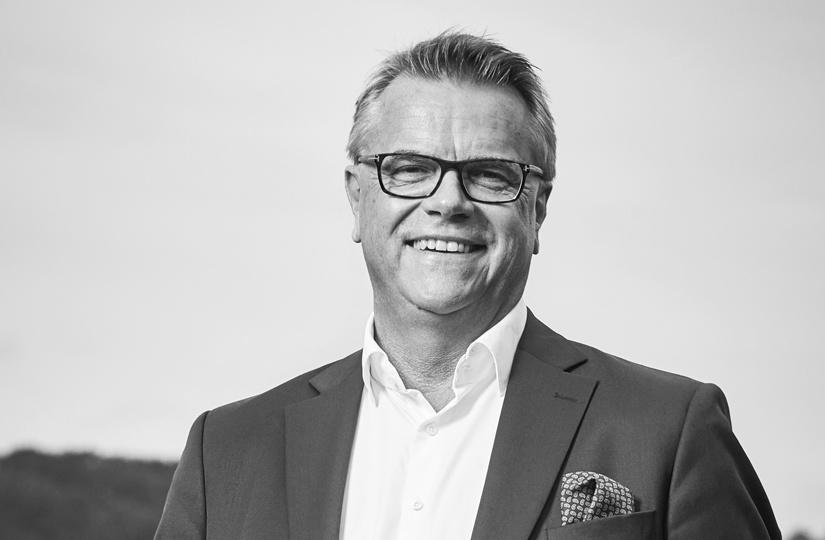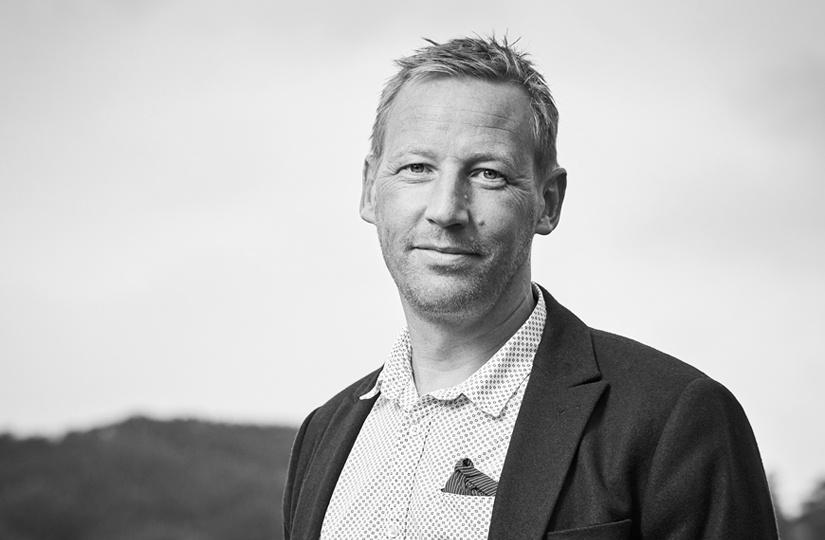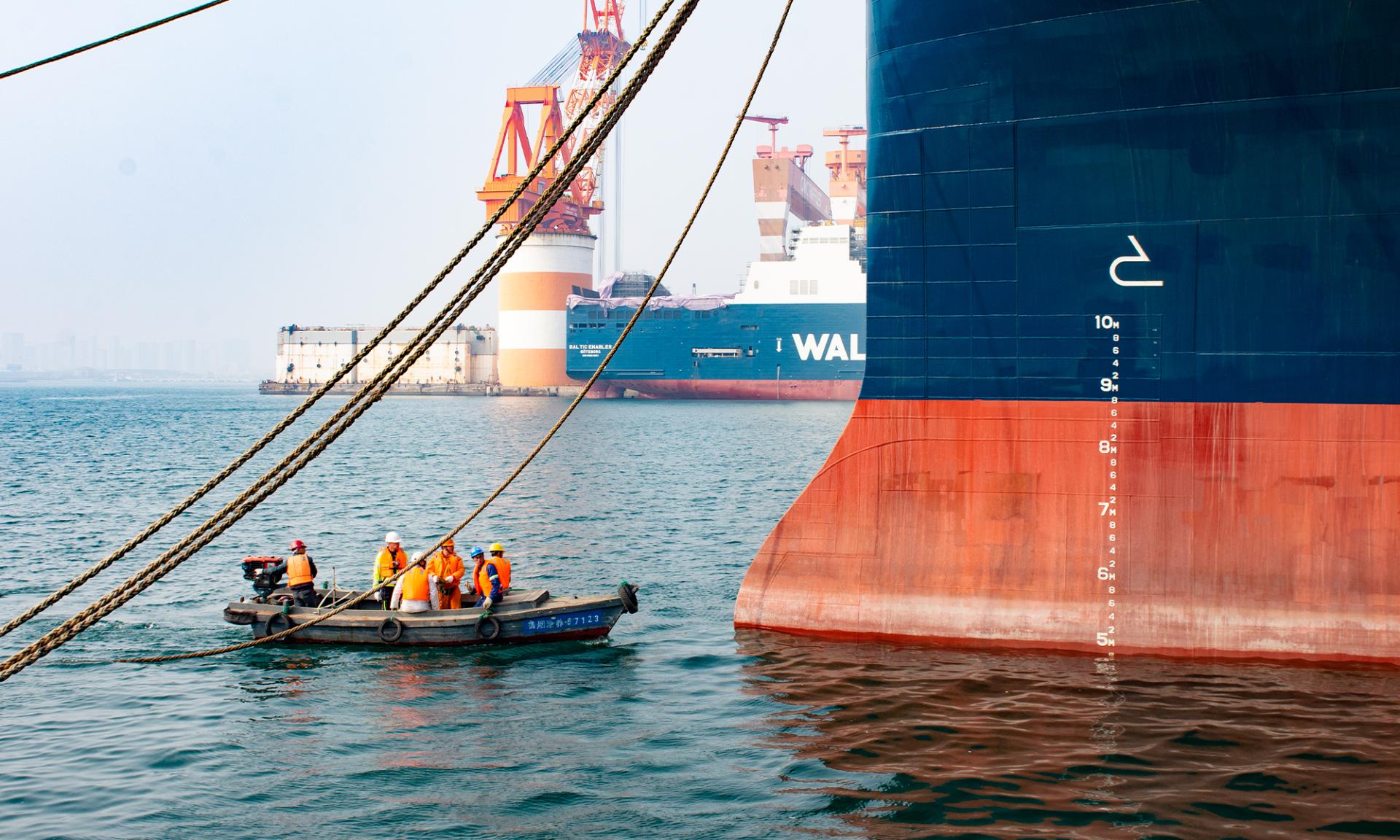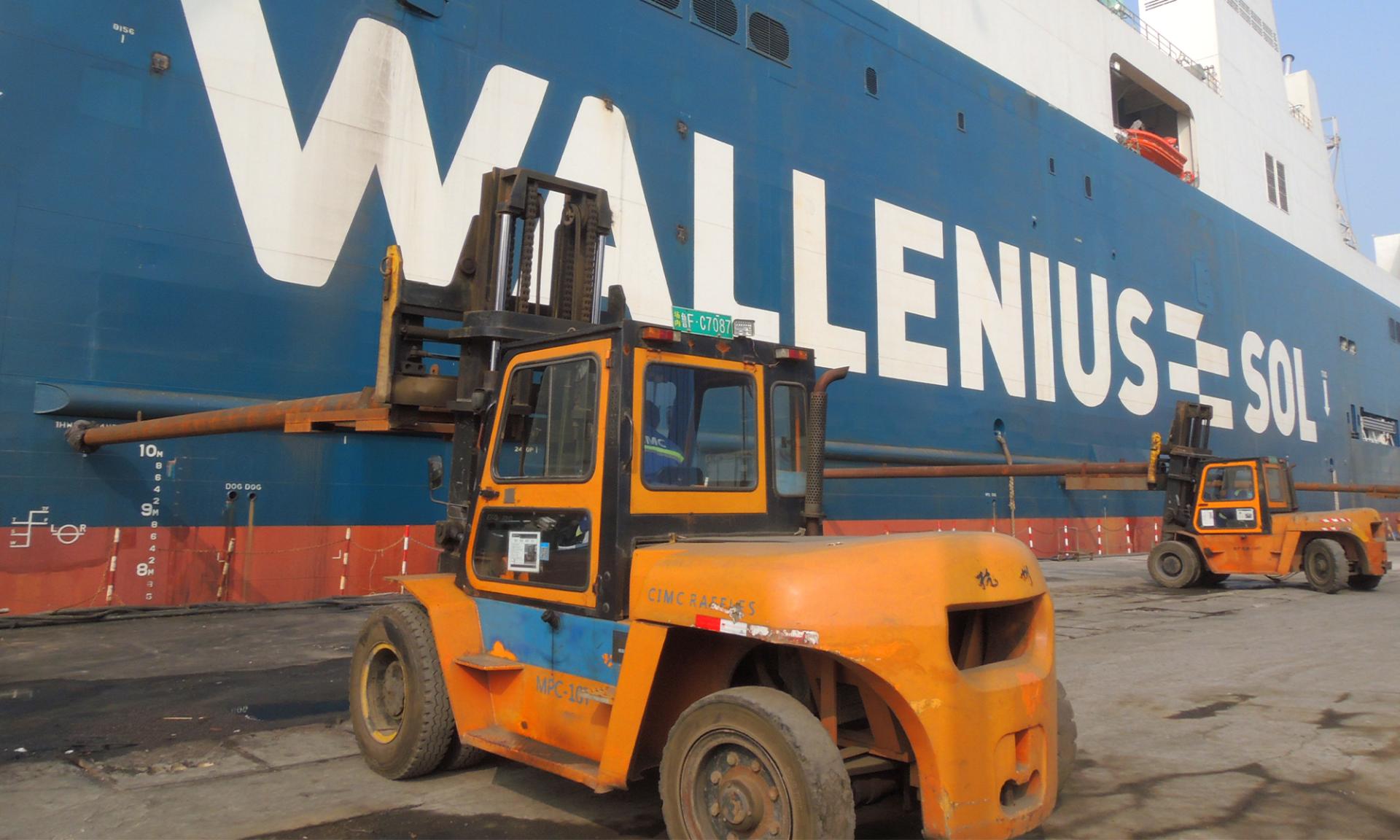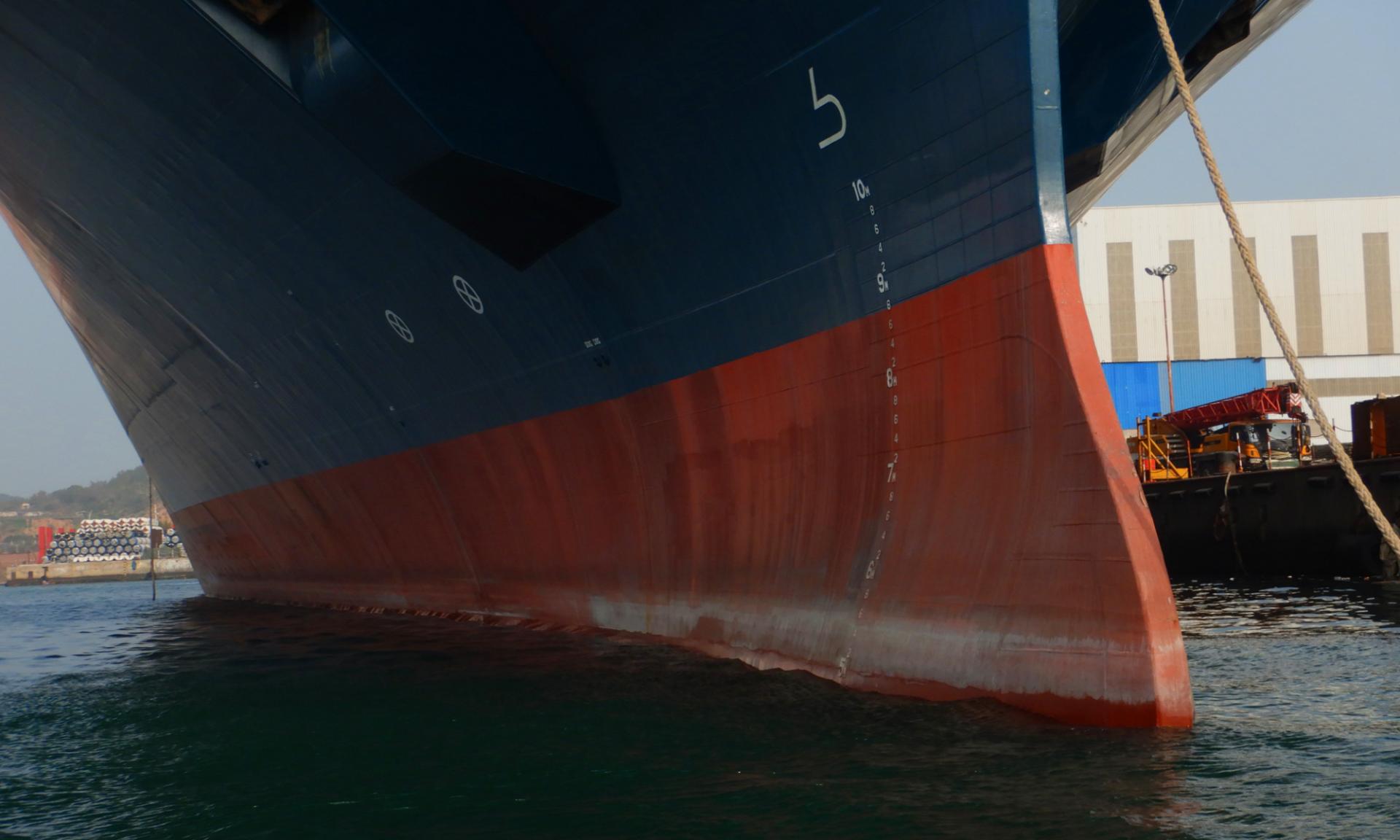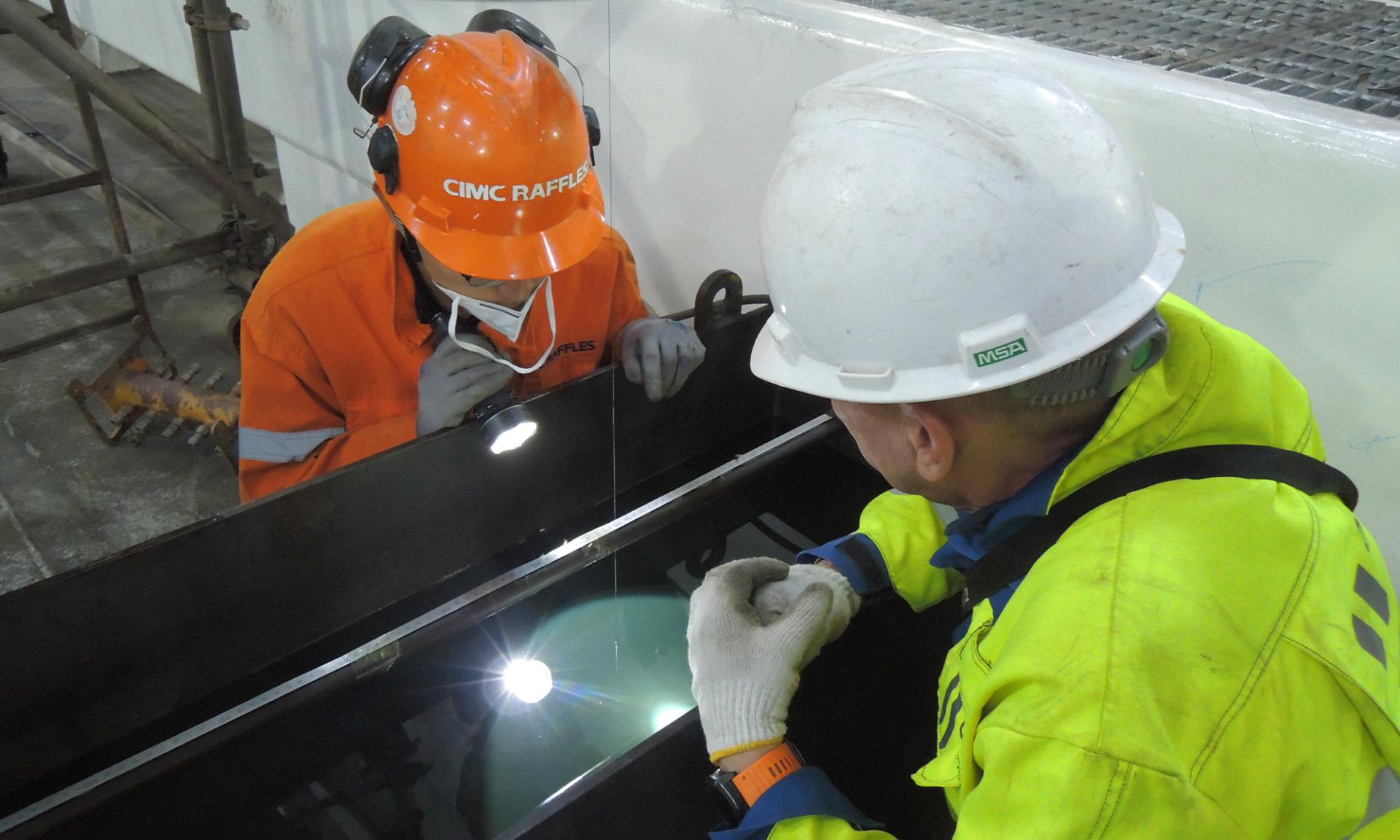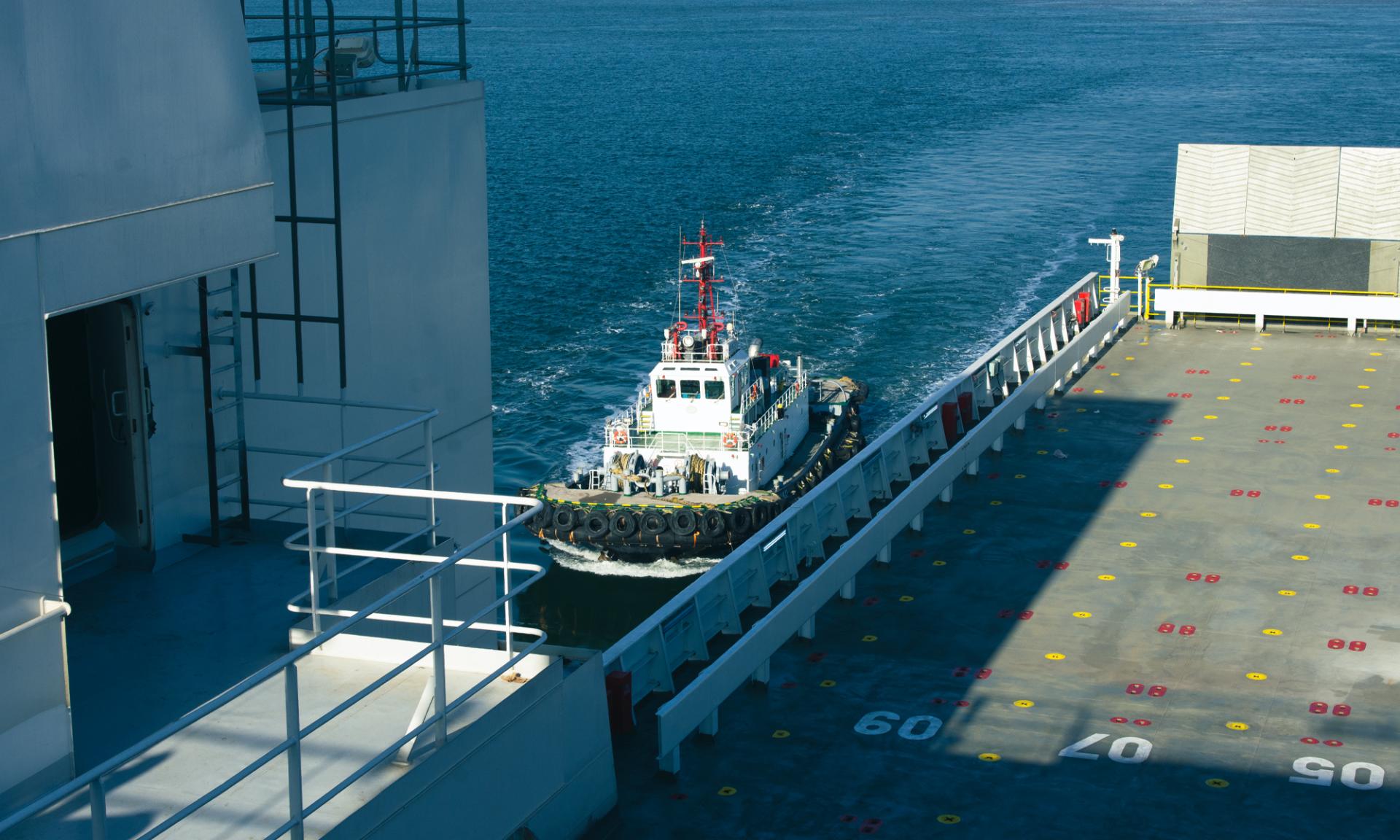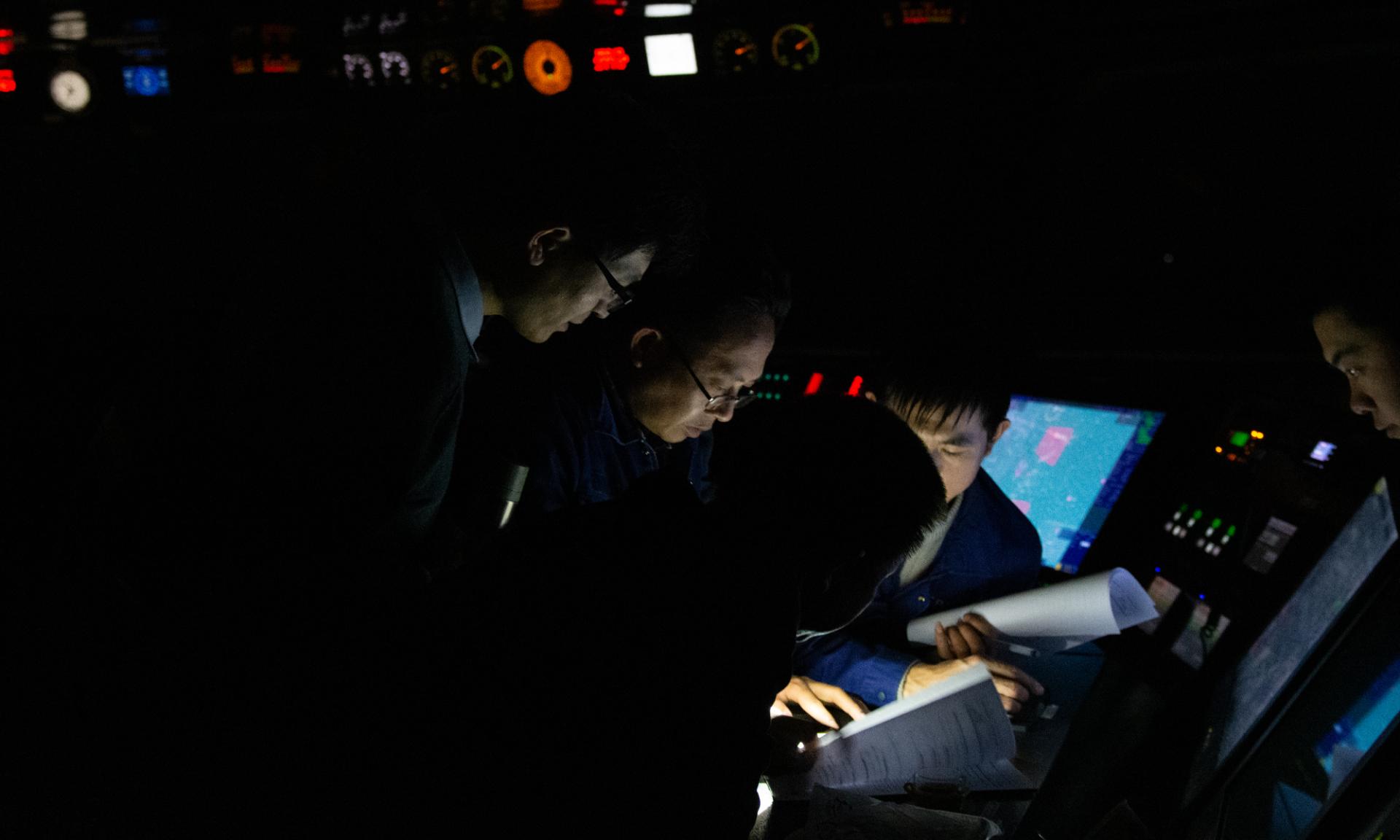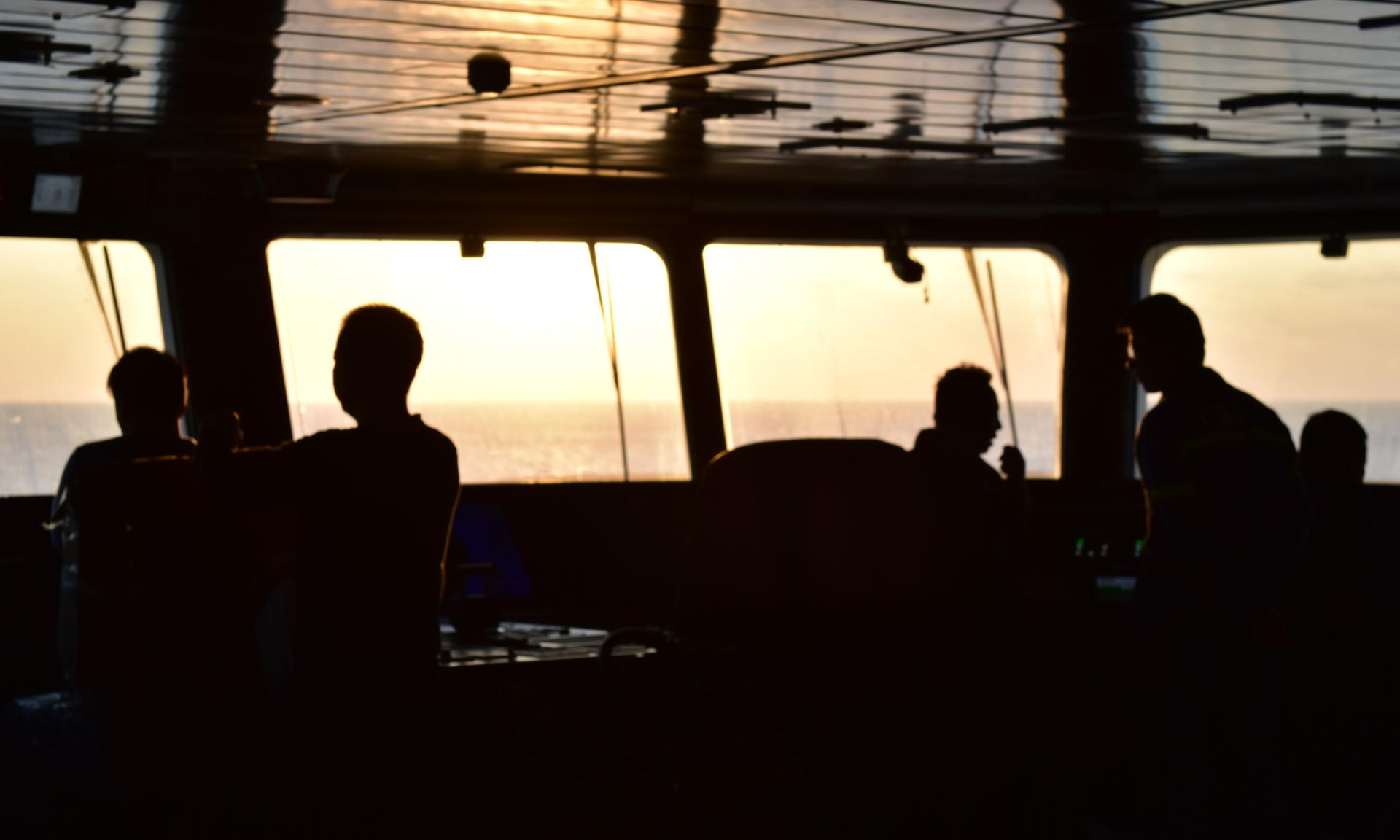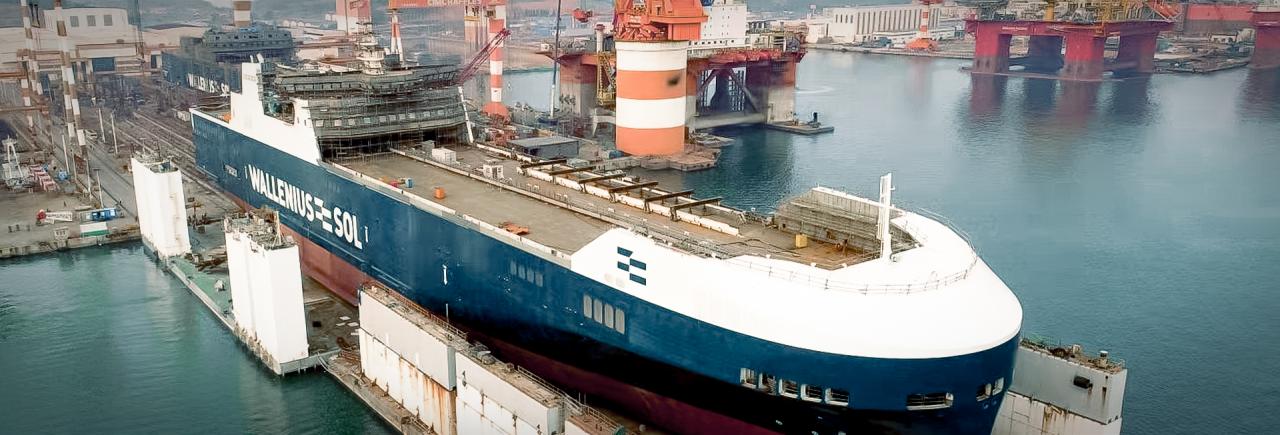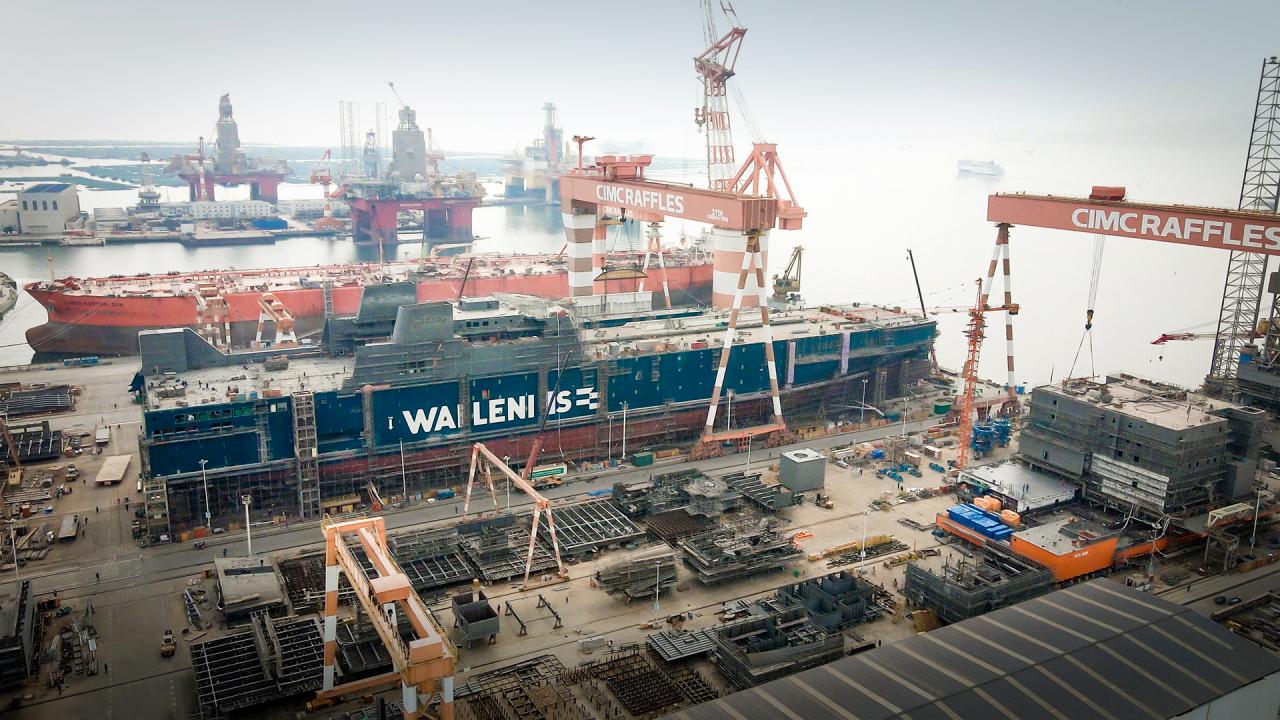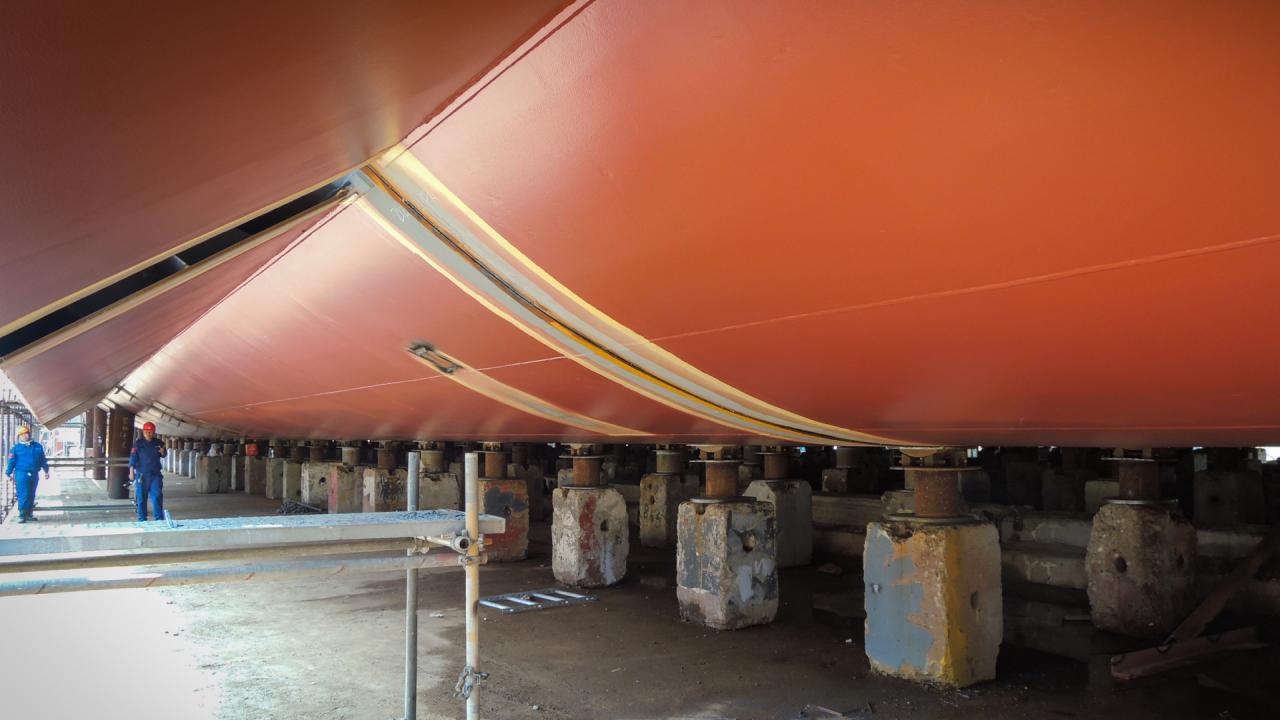Time for Sea Trials
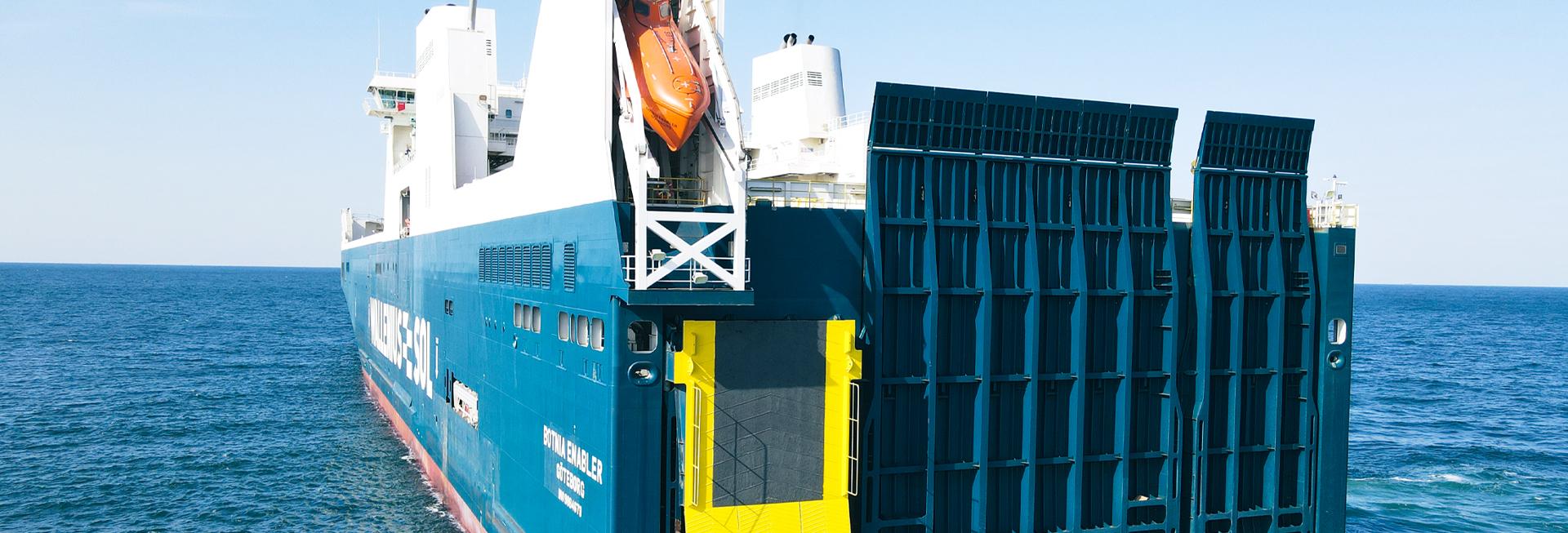
Last week, WALLENIUS SOL’s newest vessel put to sea for her first sea trials. Since her launch, a series of tests and measures have been carried out to prepare her for the trials. Let us walk you through the events.
The first of WALLENIUS SOL’s two new vessels, Botnia Enabler, was launched in July 2021, and in October it was time for her sister ship, Baltic Enabler. The shipyard team reached the next major milestone last week, when Botnia Enabler left Yantai CIMC Raffles Shipyard for her first sea trials.
Much has happened in the months between the launch in July 2021 and trials February 2022.
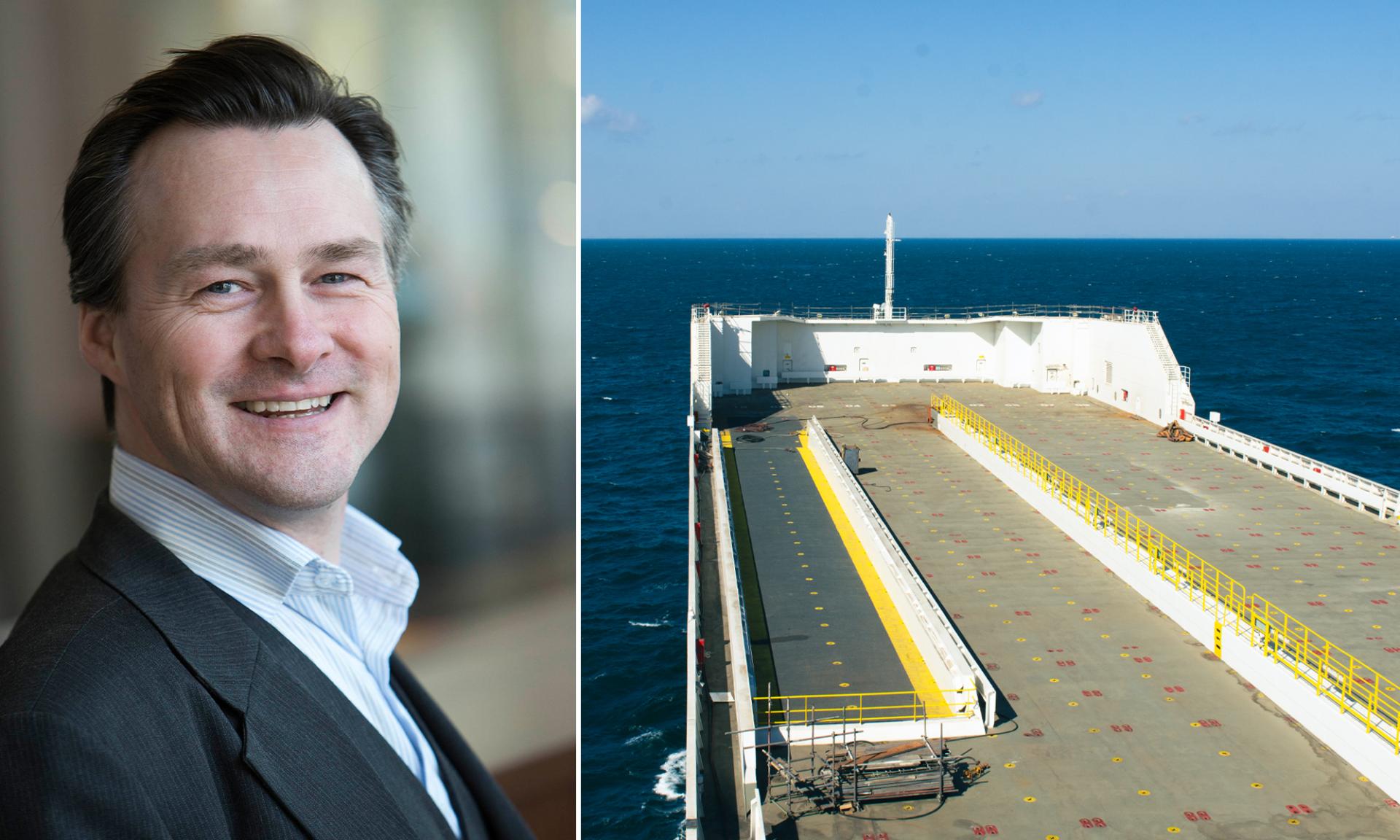
“It’s like commissioning a hospital; everything has to be tested and double checked. Cabins are furnished and systems put into operation simultaneously. For example, we cannot start the engines until we’ve made sure emergency stops, temperatures and pressures are all working properly,” says Henrik Sundkvist, Site Manager.
Inclining tests
When all systems are deemed seaworthy during mooring trials, the time comes for inclining tests. The mooring lines are slackened, and the ship is let out a little way from the quay before weight is shifted from one side to the other to measure the ship’s angle of heel and draught.
“A great deal must be done by the shipyard to prepare the ship for inclining tests. The ship must be as good as finished and all loose equipment removed. Scaffolding, welding units, forklift trucks, scissor lifts, rubbish – it can add up to hundreds of tonnes. But it all got done in the end, and we carried out successful inclining tests,” says Henrik Sundkvist.
Botnia Enabler has left port
On February 14th 2022, the world’s biggest ice-rated multi-fuel RoRo ship, was finally put to sea for her first complete sea trials. Among those on board were seven members of the Wallenius Marine team, certification officials from Lloyd’s register, and a great many shipyard workers and technicians.
“It has been a long time of preparation, and finally we have completed the first sea trail. The ships movement at sea is pleasant and promising, I can imagine nice voyages when loaded with cargo,” says Henrik Sundkvist and continues:
“During our six days at sea, we have put the ship’s speed, manoeuvrability, equipment and safety functions to the test. We want to make sure she is technically ready and meets specifications so that we can deliver a safe, reliable and efficient ship for its crew and owner.”
Unlike conventional vessels, WALLENIUS SOL’s new multi-fuel ships will undergo two sets of sea trials instead of one. The first trials concern operations on low-sulphur gas oil (Marine Gas Oil – MGO), and during the next sea trials the ship will run on LNG.
Following the final trial, the shipyard will have a number of weeks to action any items before handover and the long-awaited maiden voyage back home to the waters of the Gulf of Bothnia. Delivery of the first vessel is scheduled for the first half of 2022.
